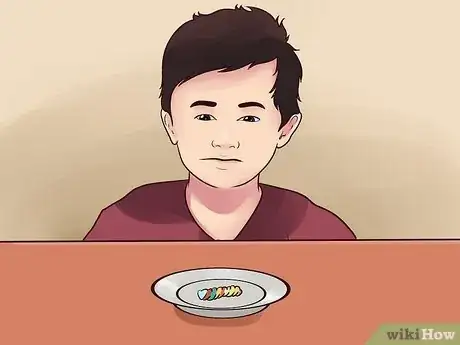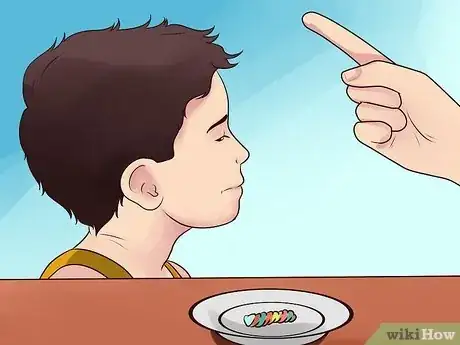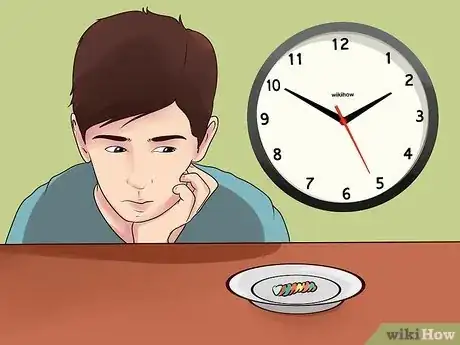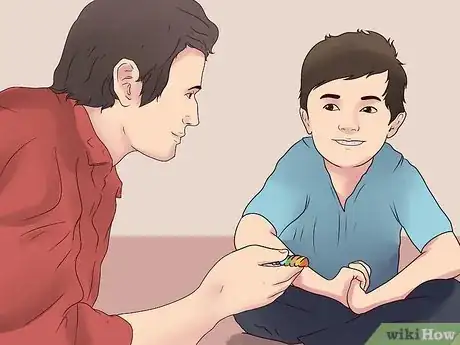X
wikiHow is a “wiki,” similar to Wikipedia, which means that many of our articles are co-written by multiple authors. To create this article, 16 people, some anonymous, worked to edit and improve it over time.
This article has been viewed 195,626 times.
Learn more...
The original "marshmallow test" was conducted by researchers at Stanford. This little social science exam is designed to measure a child’s ability to delay gratification. If you want to see what your child’s patience is like, the marshmallow test is a great way to measure it! In this article, we’ll break down everything you’ll need to run the marshmallow test.
Steps
Community Q&A
-
QuestionWhat age is this appropriate for?
 AkitagemCommunity AnswerThis can be used on many ages, but ages 4-10 would be a good range.
AkitagemCommunity AnswerThis can be used on many ages, but ages 4-10 would be a good range. -
QuestionWhat is the point of this marshmallow experiment?
 Community AnswerIt is to help with self control, patience, leading and working in a group.
Community AnswerIt is to help with self control, patience, leading and working in a group. -
QuestionWhat materials are needed?
 SparkleGirlCommunity AnswerA marshmallow, a camera, a child, a plate, and maybe a TV for showing them when they’re older.
SparkleGirlCommunity AnswerA marshmallow, a camera, a child, a plate, and maybe a TV for showing them when they’re older.
Advertisement
Warnings
- Don't overdo this. You want your kid to have a good time.⧼thumbs_response⧽
- This is not a scientific experiment. It is for fun and laughs. Show the father or mother the video when he gets home from work for extra laughs!⧼thumbs_response⧽
- The marshmallow test as described here does not have the controls of the famous scientific experiment. Enjoy the learning experience, but don't take the results too seriously.⧼thumbs_response⧽
- Don't assume the results define your child's future. Researchers have found that there are lots of factors influencing the marshmallow test: food insecurity, whether the child thinks the adult is trustworthy, and more. Once researchers controlled for family income, they found no difference between outcomes for kids who did or didn't wait for a second marshmallow.[5] Another study found that the kids were more likely to grab the first marshmallow if the experimenter had behaved unreliably in the past.[6]⧼thumbs_response⧽
Advertisement
References
- ↑ https://www.latimes.com/science/sciencenow/la-sci-sn-marshmallow-test-kids-20180626-story.html
- ↑ https://www.latimes.com/science/sciencenow/la-sci-sn-marshmallow-test-kids-20180626-story.html
- ↑ https://www.theguardian.com/books/2014/oct/08/the-marshmallow-test-understanding-self-control-and-how-to-master-it-walter-mischel-review
- ↑ http://depts.washington.edu/shodalab/wordpress/wp-content/uploads/2015/05/1990.PredictingAdolescent_Shoda.pdf
- ↑ https://www.theatlantic.com/family/archive/2018/06/marshmallow-test/561779/
- ↑ http://www.rochester.edu/news/show.php?id=4622
About This Article
Advertisement






























































